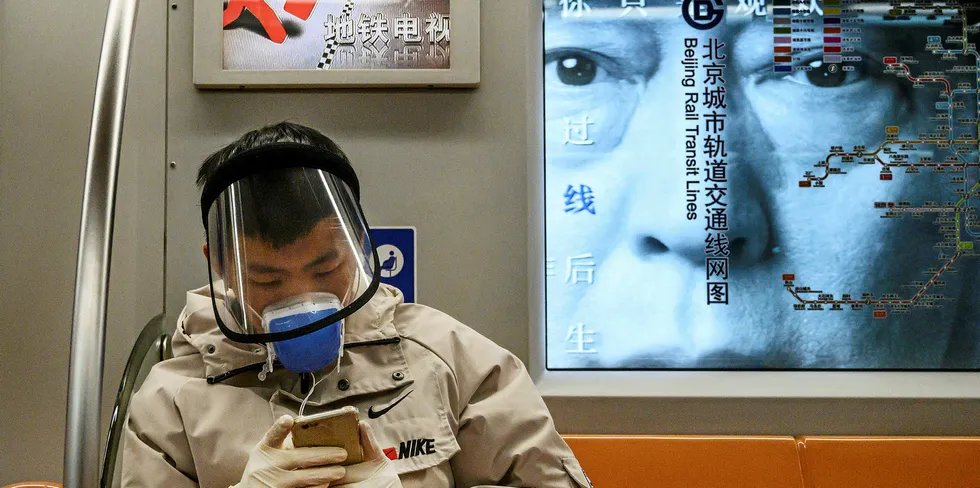Coronavirus to hit solar hard in 2020 with 'considerable' risk to wind: BNEF
Research group says outbreak could leave PV sector facing first installation dip since 1980s with 'downside risk' to wind additions

Research group says outbreak could leave PV sector facing first installation dip since 1980s with 'downside risk' to wind additions
